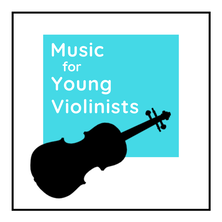Who wrote Twinkle?For decades, I thought this clever tune was composed by W. A. Mozart until a colleague enlightened me. Enjoy this delightful re-post by guest author Murray Charters from 2015. By Murray Charters (B. Mus., M.A.) Cellist and Teacher, Kitchener, Ontario Wolfgang Amadeus Mozart (1756-91) holds great appeal to teachers and students of the Suzuki method. There are pictures of the young boy playing the harpsichord with his older sister, Nannerl, and we know much about the strong guiding hand of his father, Leopold, in his music education. They were already a Suzuki family! Wouldn’t it be nice to connect clever young Mozart with the most famous tune in Suzuki literature? Wolfgang Amadeus Mozart (1756-91) holds great appeal to teachers and students of the Suzuki method. There are pictures of the young boy playing the harpsichord with his older sister, Nannerl, and we know much about the strong guiding hand of his father, Leopold, in his music education. They were already a Suzuki family! Wouldn’t it be nice to connect clever young Mozart with the most famous tune in Suzuki literature? Nannerl recorded that her brother started composing simple keyboard pieces around age 5, and his first symphony at age 8. By that time he had already travelled to many of the important cities of Europe and actually wrote that first symphony to pass the time while his father recovered from a cold when they were in England. On the way to England they had stopped in Paris where a collection of folk songs had been published just a few years earlier, in 1761. That collection included a very attractive little song, without lyrics, said to have been created in the then popular pastoral style some 20 years earlier by author or authors unknown. This tune proved so appealing that it was published again in Paris in 1774, this time with lyrics of a rather sophisticated nature added. "Ah! vous dirai-je, Maman" is the first line of an anonymous love poem of the time. Of course it’s about love; it’s French isn’t it? “Oh! Shall I tell you, Mother / What is tormenting me?” the poem begins, and goes on to exclaim: “Can anyone live without love?” These lyrics speak of teenage angst rather than nursery rhyme cuteness, but that was soon to change. In 1806 a young English poet, Jane Taylor, published a six-stanza poem called The Star in a book of Rhymes for the Nursery. Whether intended or not, Taylor’s poem fit very nicely onto this French folk song. In fact, others must have thought so too and her words were eventually printed together with that music in an 1838 song book. And thus it was that what we now know as “Twinkle, twinkle, little star” finally made its first appearance on the world’s stage in that form in the second year of the reign of Queen Victoria. So how did we come to associate this well-known English nursery rhyme and French folk song with Mozart, especially in Suzuki circles? Because both he and Dr. Suzuki knew a good melody when they heard it. Mozart wrote a splendid set of keyboard variations on this tune around 1781 or 82. But he called it “Ah! Vous dirai-je, maman” which shows he knew the melody only after its French publication of 1774. He certainly wasn’t the only composer attracted to all the possibilities for variation offered by this simple but elegant tune. Johann Christoph Friedrich Bach, 9th son of J.S., did the same thing around the same time, and there have been other sets written since, but none by composers with names of the musical appeal of Mozart. (I particularly recommend the Variations on a Nursery Tune for piano and orchestra by Ernst von Dohnanyi, perhaps because of its subtitle: For the enjoyment of humorous people and for the annoyance of others.) I’m sure these musicians saw the same things in this melody that we all point out to our eager music students. Its immediately innocent nature using just six notes of the scale, a very simple rhythm pattern, and much repetition belies a more sophisticated emotional tone set by the refusal of the middle section to return to the tonic. Of course this charming melody is also absolutely ideal for creating good posture for little left hands on bowed stringed instruments, and we should all praise Dr. Suzuki for using it so cleverly at the beginning of his method. Just don’t say it was written by Mozart. A very special thanks to Murray's Music for contributing this article to the Music for Young Violinists Project!
3 Comments
Through Limitation Comes Innovation At the end of February 2020, I hired someone to help me with my website and they suggested using Zoom as a way to discuss plans. I had never even heard of this thing called Zoom. Fast-forward to June 2020 and I now use Zoom 7x a week to take classes, teach violin and capoeira, and attend meetings. Scroll down to learn the top 5 benefits & 3 downsides of Zoom violin lessons. Like all of you, I have experienced many changes in the trajectory of my teaching due to the COVID-19 pandemic. I always prefer meeting face-to-face with my students, but, acknowledge that there have been many benefits that have come from this period and using Zoom (or other online video communications) to keep music lessons active. 1- Gaining fluency and skills with new options for teaching and learning. My first Zoom violin lesson was a bit of a disaster. I was late for my student due to not understanding how to properly share and access the link, I did not know how to use the features so there was no audio for the first 5 minutes and the camera angles and lighting were, well... let us just say that this too had room for improvement. It was distracting and clunky for both me and my student. I know now how to set-up a recurring session, place the camera, adjust the lights, and easily adjust the audio and camera in a matter of seconds. I learned a new skill and this will open future options for connecting and has expanded my concept for how I can teach. The options are endless and I now know that if a student or myself ever has a situation where we can not meet in person we can continue our work and fulfill our vision. 2- Insight into a student's environment. Does your student hold their violin too far down? Did you see on the Zoom lesson that their music stand is not properly elevated to facilitate proper posture? Does your student suffer from distractions? Can you recommend a more ideal place in their home for learning based on what you observe in their environment? Did you discover that they have a piano you never knew about and now you can integrate this into their curriculum? The piano keyboard is the best way to solidify music theory concepts, how exciting! We must remember that we only see our students for 30-60 minutes every week and the rest of their learning takes place in their home. Gaining insight into the student's home learning environment can solve mysteries (such as the posture circumstance listed above) and help you make suggestions to better a student's core learning environment. 3- Creativity: Through limitation comes innovation. I work with an older brother and younger sister. The older brother was starting to refine his vibrato and the younger sister was just beginning to learn vibrato. To be honest, this has been very difficult for me to concentrate on through a screen and make any real progress in a positive direction. However, what the screen is fantastic for are all of the visual components of violin playing:
I have always said that the reason it is so easy for me to teach the violin is that I get to see everything so clearly. Video lessons helped to spotlight this factor and I made use of this in my curriculum. This also correlates with the 4th benefit of Zoom lessons listed next. 4- Instant Videos: Zoom has built-in video features. My students video record their Zoom lessons and then review the video to understand their assignments and in the process, observe their performance. Viewing oneself play the violin is one of the best ways to improve. Students should be doing this regularly but as teachers, we get busy and do not always uphold this expectation. Also, this convenience relieves the student (or parent of the student) from taking notes during the lesson. 5- Prioritizing health in our modern society. Foremost, the use of Zoom lessons helps us prevent spreading the COVID-19 virus. There remains much to learn about this virus and it appears one can transmit without having symptoms. If this is accurate, then we have a responsibility as instructors to continue being prudent in our actions so we do not pass this along to our students, many of whom are children and may not have developed a robust immune system yet. Secondly, without spending so much time driving and in activities, most of us (teachers and students) are receiving a well-needed rest. Our bodies need this extra time to repair and stay healthy. I hope that we are all cognizant that health is one of our highest values and this experience will forge in us a commitment to take better care of ourselves in the years to come. Connecting with this value is a blessing that will serve us thruout the rest of our lives and something to be grateful for. While it can be healthy to seek the positive in any situation, the 5 benefits of Zoom violin listed above do not paint the full picture of Zoom lessons. Below are listed some of the downsides of using this way of teaching. 1- Compromised Tone - Shinichi Suzuki said, "tone is the living soul." The limitations of the microphones and speakers in the computers we use to do Zoom lessons remove this life-infused quality of beautiful violin tone and frankly put, it's painful to listen to at times. On a basic computer, everything above a certain range or volume entirely cuts out and all violin sounds are compressed. Having a microphone or specialized headphones can help but nothing will ever compare to the beauty of live violin tone. 2- Environmental Diversions - It's distracting being in my dining room teaching because our homes have so many triggers, the learning environment does not lend itself to dedicated focus like a teaching studio does. 3- Increased Screen Time - We already are on our screens too much and now Zoom lessons add to this burden. According to the Mayo Clinic, the average time we spend on screens is 7-10 hours a day. This is in sharp contrast to the recommendations of acceptable screen time:
We love the violin because it's slow and it connects us to a time period where things were slow. The instant gratification offered by my screens dulls our dopamine receptors and may affect the way mitochondria operate within cells. Educate yourself further about the negative impacts of too much screen time here. What have you learned from using video communications for the violin?
Please share in the comments below. Thank you! If you are ready to grow your studio and deepen your impact in your community then I would like to introduce to you Bree Lewis. 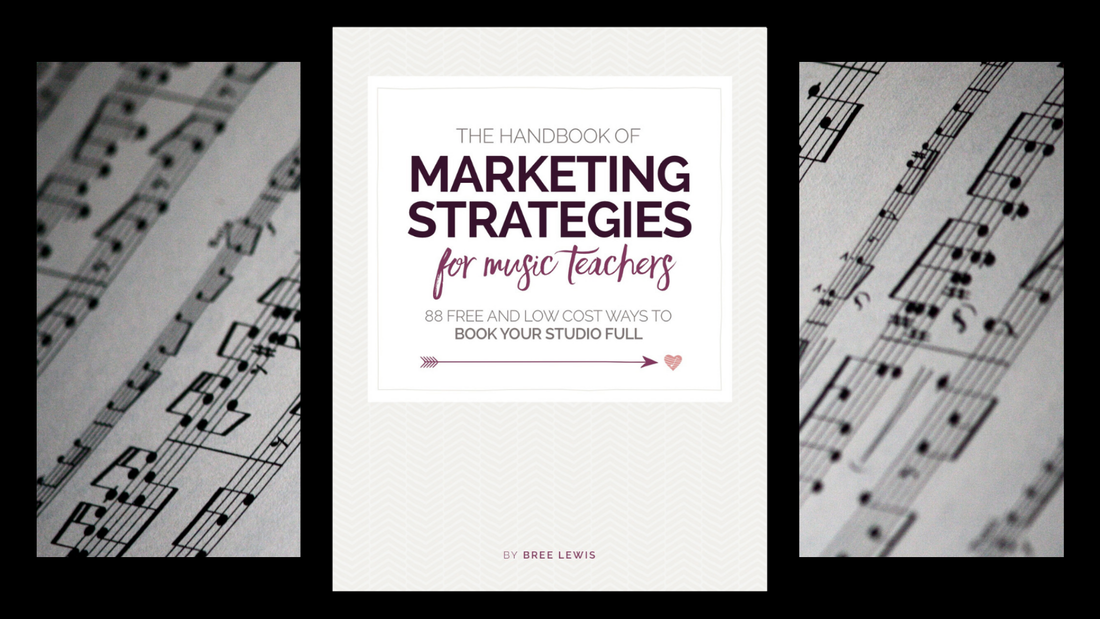 As the wife of a military husband that requires frequent moves, Bree has had incredible success quickly building teaching studios in many parts of the country. She built her studio in Hawaii to over 70 students and recently filled her teaching studio in California in just two weeks. Through her direct experience and belief in the power of music education, Bree created this handbook to share with other music teachers how to streamline the process of building a studio and offer successful strategies for the unique challenges of owning and running a music studio. I consider this such an incredible feat since it took me years to fill my studio when I moved to Oregon. I know of no other teacher having this amount of consistent success building new studios so frequently and feel very grateful that Bree took the effort to collect her studio building strategies into a handbook titled: This downloadable book does exactly what the title says. I was surprised at how available some of the strategies she uses are and think you will also find many solutions for how to grow your studio this school year. Who is The Handbook of Marketing Strategies for Music Teachers for? THE NEW & YOUNG TEACHER: You have played the violin for 20 years and are so passionate about the power a music education holds to positively change young lives that you enroll in teacher training and are bursting with enthusiasm to offer the world your teaching gifts. Now what? This book will give you a step by step guide to help you make your dreams come true of beginning your own violin studio and having immediate successes without having to learn things the hard way. I wish I had something like this when I was first starting out. A PROGRAM DIRECTOR: I spent several years directing an established Suzuki Violin program at a prestigious music school in Washington DC and two summers directing a summer institute. In both circumstances, I remember that I always felt like I was re-inventing the wheel when I was asked to think of development and recruitment ideas. Bree’s handbook takes the guesswork out of growing a program and offers a clear strategy for where and how to look for new and ideal students. THE FULL STUDIO TEACHER: This book is for teachers like myself who are already full. I turn away families on a regular basis but I know from experience that I always need to stay one step ahead and be ready for sudden changes in the economy or other unforeseen events. THE TEACHER WHO WANTS MORE ONLINE PRESENCE: If you feel overwhelmed or daunted about developing your online presence fear no more. Bree’s book walks you thru all of the resources that are available to music teachers to support our unique line of work. As the title states, she shares with the reader free and low-cost strategies so there is no need to worry about large financial investments with her suggestions. In conclusion, I have a sincere desire to see my colleagues thrive as professionals who are contributing to vibrant and educated communities. Too often we as music teachers do not receive the same advanced training in running a small business as we do in the art of playing the violin. Since I am passionate about your success, I have also created a resource in an attempt to help close this gap. In my handbook titled 7 Steps to Attract More Students & Grow Your Violin (What I Wish I Knew Before Starting My Studio 10 Years Ago), I share with you everything I learned the hard way when building a studio so that you can have a more streamlined experience offering your talents to the world. Please click on the image below to learn more. The content in 7 Steps to Attract More Students & Grow Your Violin (What I Wish I Knew Before Starting My Studio 10 Years Ago) is also available in an accompanying YouTube video playlist. Do you have an idea to help other teachers attract more students? Please leave it in the comments below, thanks! There is ONLY one way to know what your students are doing at home... I spent 1 week watching my students practice, and it was one of the most profound things I have ever done in my teaching. I believe that if more teachers did this, then we would be able to help more students reach higher levels in their violin playing. In this video (posted below) and correlating blog post I explain how I organized a week of watching my students practice and why this was such a powerful use of time. How I organized The Practice Experiment: The week before watching students practice I had told them to expect something very different at their coming lesson, but I did not say what it was since I wanted to observe them in their "natural practice state" as much as possible. I was hoping to avoid students preparing for this observation since it would not be an honest representation of their work and defeat the purpose. On the following week, I brought my computer to my teaching studio and reorganized the space so I could sit at my desk. After explaining that I would be observing them practice, I was silent and typed up a personalized report for each student while they showed me how they practiced. We reviewed the report together at the next week of lessons and went over suggested modifications to their practice routine. It was a heartfelt but shocking and humbling week. I was touched by the loving interactions between parent and child, but I was genuinely shocked that only about 20% of my students actually followed their practice notes (I create a personalized lesson sheet for each student to help us stay organized). Also, I was humbled that after 20 years of teaching and priding myself on being highly organized that so many of my students were not clear on: 1- What was actually expected of them. 2- How to execute the specific teaching points by themselves even after covering in repetition at their lesson. I also have always assumed that if something were not accurate, then the student would isolate the issue and create a practice spot out of it. I was WRONG on this because over and over again I heard my students plow over obvious inaccuracies in their interpretation. ((((((Deep Exhale from Me)))) So, the other part of this humbling lesson is that I had first heard about doing this years ago but delayed implementing it. I regret this because had I done this in past years my students would absolutely be having a higher success outcome with their efforts. I will know at the end of April if I am accepted into nursing school. If so then this will be my final nine weeks of violin teaching from a 20+ year career. Better late than never but hopefully by passing this along here you can carry the torch and watch your students practice to serve them best and nurture their gifts. The following is an extreme statement but I think the sentiment will be heard: It DOES NOT MATTER how great of a teacher you are and it DOES NOT MATTER how talented your student is. IT MATTERS how they interpret the lesson information and practice in their own space and time. The only way to check in on this is to actually watch them practice. We want to hear from you and know how you help your students reach their highest potential. Please share in the comments below. Thanks!
This blog post contains a compilation of links to all 7 blog posts and videos in this series 7 Steps to Attract More Students & Grow Your Violin Studio (What I Wish I Knew When I Started My Studio 10 Years Ago). Ideas presented in this series are excellent for both new teachers just beginning to grow a music studio and seasoned instructors who desire to maintain their success. 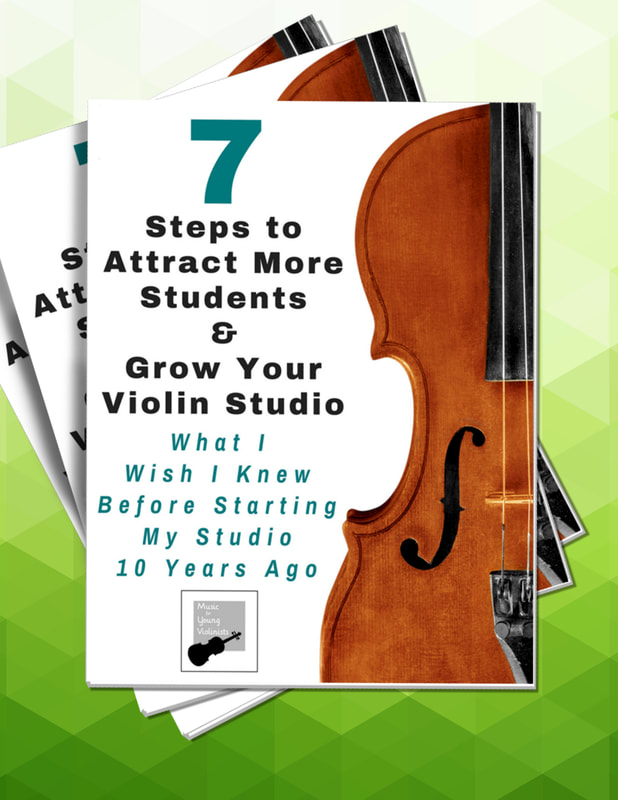 I am interested in your feedback about music & money.
Please take a 3 question survey to help me know how to better serve you. Flip your instrument to the other side (violin on the right and bow on the left) to be a beginner again and truly understand what your students are experiencing. This is the best way I know of to assist in breaking skills down into micro progressions so that you can fully convey a concept to a student. This simple act of changing sides was a revolution to helping me improve how I taught vibrato to young children.
Do you know what finger patterns are? If you have not started finger patterns yet, then today is the day! It will take you about 4 minutes to learn the finger patterns and then 1 minute/day to practice. You will benefit immensely from mastering finger patterns and they will help you build technique, make music theory applicable to violin playing and aid you in learning your repertoire faster. Keep scrolling to learn more. The best way to learn finger patterns without an instructor is thru either a chart or a tutorial video (like the ones below) . I like to teach them in the sequence displayed below and include the less common finger patterns of 1-2-3 and 2-3-4 together as well as all fingers together (half steps) and all fingers apart (whole steps). Once you have these mastered, the next step is to start applying them to your music. Now that you are thinking in terms of half-steps and whole-steps, mark these into your music so the concept starts to click. After a while of using finger patterns, you will notice you learn pieces faster and have improved intonation. Did you catch the fun pop reference? Here are some hints: The sci-fi TV show and movies Star Trek & character Spock Have a violin finger pattern tip?
Please let us know in the comments below, thanks! (in the Keys of A, D & G Major)
I have a young student who plays with a passionate and focused tone and is very devoted in her practicing. She is progressing beautifully but after many years of lessons she still struggles to execute down and up bows correctly. Doing review pieces to fix this issue is counter-productive since she has ingrained incorrect bowing patterns into her old repertoire. Doing the same scale 20x/day would help but does not create a compelling assignment and she would likely zone out and resume playing incorrect bowings.
In an attempt to help her master down and up bows, I created the 7 Bowing Studies for Beginning Level Violin in the Keys of A,D & G Major. Since the focus of these studies is bowing they are kept to one octave and done 3 times in keys with parallel finger patterns (A, D & G Major) for ample repetition of the bow strokes and to keep the left hand as simple as possible. These exercises can be used in two ways: 1- Individually to help with a specific technique needed in repertoire. 2- As a series for students who need more support organizing their down and up bows. Features of this resource include:
I love spreading inspiring ideas to violin teachers that help you bring out the best in your students and thrive in the heartfelt work you do. I created a new page here on the Music for Young Violinists project called "Things I Love" as a resource list to share with you things that I have used in my violin teaching over the years and had success with. Some of the items listed here are things that have stood the test of time and worthy of praise such as my Korg metronome which has been dropped 100 times in 15 years, rarely needs a battery replacement and still works fine. Other resources may be lesser known products worthy of spreading the good word about like the Poly-Pad shoulder sponge. This page will be growing on a regular basis so please check back soon. Featured on “Things I Love” is Helping Parents Practice (Ideas for Making it Easier) Volume 1 by Edmund Sprunger. This is HANDS DOWN my favorite resource to use in supporting parents practicing with their children. I appreciate this book so much that I have practically underlined every sentence in my copy because it is so clarifying and poignant. Sprunger combines decades of experience teaching Suzuki violin with his formal training in psychology to offer wise and compassionate perspectives that will elevate a parents understanding of why their child is responding or behaving in a certain way. He also offers solutions that are effective and healthy for addressing these specific situations. The book is divided into sections by practice topic and then further broken down into 2-5 page solutions for specific scenarios that a parent would encounter while helping their child practice. This concise organization was done with the busy teacher/parent in mind and makes it an especially convenient tool because you can look up your immediate situation without having to read an entire book. Thank you Ed and please let us know when Volume 2 is available. Learn more about Ed Sprunger and his resources HERE. To celebrate this new page we are giving away Ed Sprunger’s new book: Building Violin Skills: A Set of Plans Designed to Help Parents and Children Construct Positive Practices. To enter, just list one “Thing You Love” for your teaching and music making in the comments below. Winner will be chosen at random at the end of the month.
Music is not something you do, it's a place you go. No one is immune to the human experience. All of us will have challenges and pain and music is a prescription for a healthy escape from the gravity of life. Music creates a space that allows for us to recharge, regroup and reflect in a manner that builds us up instead of depleting us. Music heals. I work with a group of Suzuki Violin teachers in my city (Eugene, Oregon) to create events for our students. Sunday, June 12, 2016 was our first event of the summer: a review party for our more advanced students with an ice cream bar afterwards. To say we were excited to host this party for our students was an understatement but when I woke up that morning to the indescribable horror of yet another mass shooting in our country the last thing I wanted to do was put on my happy face and assume my public role as a teacher in my community. I wanted to lay in bed, follow the unfolding news story and grieve the loss of innocent life while venting the anger that comes from the continuity of these shootings and injustices.
I am not qualified to speak on the politics and social issues that surround the circumstances of the Orlando shooting but I can share my personal experience with how music played a vital role in my life that day and I hope also for the students involved. When the time came to meet for our Suzuki Violin review party, I left half heartedly with the shooting on the front of my mind. As soon as I arrived at our location I was able to mentally “change channels” and enter into the world of music. I played along that day more than someone with an overuse injury like me would normally plan to do. In that hour of playing the violin, playing J.S. Bach, playing with colleagues & playing with students something transformative happened. Inside the music I was able to forget about the tragic events and elevate above the pain, anger and confusion that is part of our human experience and was provoked by the senseless shooting in Orlando that morning. It was not appropriate to bring up the tragic event with the students but inevitably some of them were aware of this recent unprecedented news story. I am confident that the music - in the form of playing the violin, playing masterworks by great composers, playing in unison with friends and playing with trusted teachers also provided a safe space for these young musicians to unconsciously process the events and was a reprieve from the gravity of this reality that is becoming all too regular in our country. Music fills many voids in our life and can provide a safe space for unconscious introspection in times like this. (7%-38%-55% Rule)From the 1-Minute Pedagogy Series1 - Minute Pedagogy is a series of 6 short videos that share my favorite "pearls of wisdom" I have received for violin teaching from colleagues and teacher trainers over the past 2 decades. Think of these little videos as us having a cup of coffee together and sharing advice and perspectives to support the work we do as teachers. Please feel invited to continue the dialogue with your own ideas in the comments on the blog or youtube channel below. I apologize for the silly grin in some of these videos. I could not help but have a gigantic smile on my face when I filmed these because I was remembering so many special people that deeply you touched my life. To view all 6 videos in this series click HERE. If teaching were just a matter of downloading information we could send our students an email and concepts would be understood. However, teaching is the art of communication and words are not our first language. In research studies the communication that happens between the words is referred to as meta-communication, nonverbal communication or paralanguage.
One of the preeminent researchers and authors of nonverbal communication, Albert Mehrabian, asserts that in some cases only 7% of communication is contained in the vocabulary words, 38% in the body language and the remaining 55% expressed in the "liking" or attitude of the sender. The 7%-38%-55% Rule is contextual and DOES NOT apply to every communication scenario but is useful to bring up because it helps us think about communication as being a composite of vocabulary, body/facial motions and our inner attitudes and beliefs imprinted on the message. In the video above I share some of the ways that I communicate non-verbally with my students. I would love to hear about what special non-verbal ways you have developed to communicate and connect with your students. Please share in the comments below. From the 1-Minute Pedagogy Series1 - Minute Pedagogy is a series of 6 short videos that share my favorite "pearls of wisdom" that I have received for violin teaching from colleagues and teacher trainers over the past 2 decades. Think of these little videos as us having a cup of coffee together and sharing advice and perspectives to support the work we do as teachers. Please feel invited to continue the dialogue with your own ideas in the comments on the blog or youtube channel below. I apologize for the silly grin in some of these videos. I could not help but have a gigantic smile on my face when I filmed these because I was remembering so many special people that deeply you touched my life. To view all 6 videos in this series click HERE. Do we talk too much when we teach? I once had a colleague tell me that teachers here in America tend to talk too much when we teach and for the most part, I agree. Words are not our first language and the unique nature of our work as violin teachers invites us to integrate physical sequences with cognitive patterns. We then wrap this all up in the magical expression that is music itself. Such a unique combination is difficult to contain in verbal instructions which is why I suggest we do an inventory of how much talking we do when we teach and assess if this amount of language is as necessary as we may be in the habit of doing and also consider what options we have instead of words to communicate our teaching point.
Words go through our ears and into our brain where they can be interpreted in a multitude of ways which may not even match the intent of the instructor. Touching a body part relevant to the technique being studied, modeling with our own playing and reserving enough space in the lesson time to accomplish enough repetitions so the student can synthesize the information and correctly repeat in their home practice are integral to a successful learning experience. Certainly language is helpful in the process but if we talk too much we are not as effective as if we balance our teaching with training the muscle memory and inflecting meaning into the music. Additionally, we can use the tone of our voice, the spacing between words and facial gestures to communicate a sense of awe and wonder for this incredible process of learning music and stress the priorities of our teaching points. SILENT TEACHING CHALLENGE: If you really want to have some fun with this, take out a timer and have a playful challenge with your student or class to see how long you can go without speaking. You will be amazed at how this captivates your students while preserving your energy and best of all this is very effective for getting focused work accomplished. How do you communicate with your students in your teaching? What are some ideas you have for non-verbal teaching techniques? Please share in the comments below. Woo-Hoo, another prize!!! There is a special $15 Gift Certificate Prize to the Music for Young Violinists STORE for the first person who can help me identify the piano composition this excerpt comes from.
I used to hear it being practiced next door decades ago when I was in music school but I never knew the composer. I only know it is *fantastically fun for teaching young violinists how to master their low and high 2nd fingers. Nothing replaces good old fashioned 2 octave G Major scales but in my experience most students need a little more support in their curriculum. The worksheet pictured below is a part of the Winer 2016 Music packet which is one of the many free perks of being on the Music for Young Violinists newsletter list. I give away an entire packet of music to my list every season. I love hearing from you and even if you can not tell me who composed this piano piece please let me know your feedback about the Winter 2016 Music Packet:
*If you are like me you may have wondered if this is a real word. I thought I was just making this up but learned something new today and according the Merriam-Webster this word actually exists. The definition of fantastically is 1 : in a fantastic manner. 2 : to a fantastic degree : extremely Ha! That was exactly the word I was looking for to describe this small etude I use to help students with their 2nd fingers. Counting stones for practice jars are an easy, quick and economical gift to make for your students and will help a musician of any level stay organized and goal oriented in their home practice. Above is a picture of a counting stone practice jar from a batch that I recently made and shared with the teenagers in my studio as a Christmas gift. I purchased the stones and beads from my local Michaels Craft store. To use the counting stones for practice jar the student removes the stones from the jar and places one back in the jar for every repetition they complete to satisfaction. Since I believe it is important to use both singing and visualization when doing repetitions I used a variety of stones to emphasize my teaching values. The special stones (or beads) that are different looking can be used to keep track of these non-violin repetitions and create a sequence. For example, a student could place the stones on their music stand in a specific order that represents 2 violin play thrus and 1 sing thru, 2 violin play thrus and 1 sing thru, etc… Practice counting devices like this help musicians keep track of their repetitions without having to log the numbers in their head. This frees up mental space so they can more fully concentrate on their musical goals. Also of benefit is using the left hand to put the repetition stone back in the jar which will give a much needed muscle release to the body so that tension does not accumulate. Watch a video using counting stones: How do you help your students accomplish repetitions in their home practice? Please share in the comments below.
Let’s face it, getting kids to stay engaged during violin practice can be tough. Whether they’re tired after a long day at school or they’re frustrated with a particular skill, kids can get easily distracted. To help keep your student or child motivated, try implementing a few violin games into their practice session. Not only will games keep them engaged, but they will also help reinforce important skills and techniques. At TakeLessons, we’ve compiled a comprehensive list of over 20+ violin games. Each game works on a particular skill, such as reading music, ear training, and violin posture. What’s more, these games can be applied to almost any instrument. Below is a sample of a few games both parents and teachers can play with their budding musicians. Simon Says: To help with ear training, play this new rendition of the old-school game “Simon Says.” Taking on the role of “Simon,” start by issuing instructions to the student(s). For example, when you play A on the violin, the kids have to stand up. Or when you play E, the kids have to sit down. Spot the Mistake: Start by showing students the proper bow hold, then ask them to close their eyes while you set up your bow hold with one obvious mistake; for example, a straight thumb. Once you’re ready, ask students to open their eyes and spot the mistake. They get three chances to guess the mistake before moving on. Tree Trunk: To practice the proper violin posture, have the child pretend he or she is a tree in the middle of a tornado. If the student’s feet are placed too narrow, then the wind will be able to push him or her over sideways. If his or her feet are placed too wide apart, then the wind can pull him or her forward or backwards. Children can get easily burnt out when trying to master a complex instrument such as the violin. To help keep them motivated, mix up their practice routine with these fun, educational games. To view all 20+ violin games, click here. This article originally appeared on TakeLessons.com. Brooke Neuman is a violin and piano editor at TakeLessons, an online marketplace that connects thousands of teachers and students for local and live online music lessons. A "hack" is defined in the urban dictionary as: A clever solution to a tricky problem. As violin teachers (or parents of young violinists) our technique development can all be categorized as tricky problems so here are a few photos of "hacks" I have used in my studio to offer solutions for my students. For more, please visit the Violin Hacks & Bow Hold Helpers page. In a world full of violinists, with a staggering amount of talent, violinist Searmi Park stands out. Searmi (pronounced Say-ah-me) is the new concertmistress for the Eugene Symphony (Eugene, Oregon, USA) and was recently a featured soloist performing the Barber Violin Concerto in November 2014. Her incredible precision, focus and distinct style of expression leave a mark on all who get to experience her. She is a captivating artist and performer and the buzz of the town. I was fortunate to have the opportunity to do a short interview with Searmi to glean some insights for myself and my violin teaching studio and here is what I learned. How Did You Learn to Express Yourself? Searmi illustrated her philosophy with how she prepared for her recent performance of the Barber violin concerto. Although the opening of this concerto is one of the easiest technical parts of the piece to play, it was also one of the sections that she practiced the most in order to capture the desired expression she visioned. As explained in the book *The Little Book of Talent by Daniel Coyle, every skill falls into one of two categories: hard skills or soft skills. This is significant because hard and soft skills require different training and operate in different parts of the brain. In short, for violinists, hard skills are technique and soft skills are things such as performing and expression. As teachers, this is an important distinction for us to be aware of and balance in our studios. When we teach the violin, we may neglect emphasizing training the soft skills of expression and performing because our instrument requires so much hard skill technique. The success of Searmi’s approach to practicing expressing herself and to practice performing reminded me of the need to include this in my teaching curriculum so that I can best help my students. *The Little Book of Talent by Daniel Coyle is an accompanying book to The Talent Code also by Daniel Coyle. The Little Book of Talent breaks down the ideas of The Talent Code into 52 concise explanations and applications. Regarding “Talent” Any of you who have read the book Outliers by Malcolm Gladwell or the above mentioned The Talent Code are aware of the 10,000 hours research. This research concludes that mastery of any skill needs at least 10,000 hours of practice to ingrain and synthesize patterns into the muscles and mind. Many professionals, like Searmi, estimate their actual practice time significantly higher than 10,000 hours.
Public Speaking Teaches Performing “The violin is your voice” Searmi feels that it is important for a musician to be able to speak well in public. Through the process of learning to speak in public a person gains skill for performing on their musical instrument and builds their confidence. She said that if she had a teaching studio, she would incorporate the component of public speaking as a part of the curriculum for her violin students to better learn how to present themselves in public. On being a Yogi and Athlete: In addition to pursing music, Searmi has deeply dedicated herself in other disciplines. Encouraged by her college violin teacher and mentor, Mark Kaplan, Searmi started practicing yoga in her early 20’s and has since completed yoga teacher training. She loves the mind-body awareness that it gives her. Yoga literally means “yoking together” the mind and body. As violinists, the body is our first instrument and establishing a relationship of awareness with the body is a way to optimize the way we play our violins and keep ourselves healthy. My first violin teacher always emphasized how special yoga was and famous violinist Yehudi Menuhin has also been a strong advocate for complementing violin playing with a yoga practice. Searmi has also run a few marathons to date and is currently training for an ultramarathon in 2016. When asked about how yoga and running tie into her violin playing she remarked that she likes to take something as far as it can go with everything she commits to. These activities provide balance in her life and running and yoga are like practicing violin she says - “a mental game.” She shared how when working on the Barber Violin Concerto, she began at quarter note = 90 and metronome crawled her way to 192. This is the same way an athlete would train and the same way a beginner learns a new piece of music. It is a fundament to the work we do as educators and musicians and even those at the concert artist level. Advice for younger musicians: “You can learn to say anything with your playing at any level, but the harder you work the more you can express yourself.” I loved that Searmi kept coming back to the same message of emphasizing the importance of hard work and that it is thru one’s personal effort that we achieve our results. We know thru recent developmental psychology how important it is to praise the effort (i.e. the hard work) and not the result since this gives children a mindset for success that they can carry with them their whole lives on all things that they pursue. Searmi also emphasized that “violin playing is hard but it is so rewarding” which I believe is also an important message for our children. Many things in life are of value for the meaning and self awareness they bring to us and I believe that playing music falls into this category. Parenting: Searmi does not classify herself as a strict parent but teaches her children that they can do whatever they want with their lives and emphasized that children learn by example. Her consistent modeling of discipline in preparing for performances and maintaining her health and well being thru her yoga practice and long distance running set a clear example for her children of what is possible to do with one’s life. She also consistently came back to the same message in this interview that there is no secret to talent but that achievements are the result of hard work. Summary: Searmi walks her talk and has a relationship with her life that holds the boundaries of human potential as exciting, possible and rewarding. She has used her discipline and years of hard work to achieve her dreams and an incredible level of greatness in multiple realms. We wish her continued success in all areas of her life and are grateful for her insights here and the gifts she brings to this world. |
Categories
All
Archives
February 2024
AuthorHi! It's me, Heather. I absolutely love working on the Music for Young Violinists project and all the many facets: blogging, website, music, teaching materials, freebies, videos, newsletter and giveaway contests. The best part is connecting with you so feel free to drop me a line. You can learn more about me on the "ABOUT" page. Thanks! |
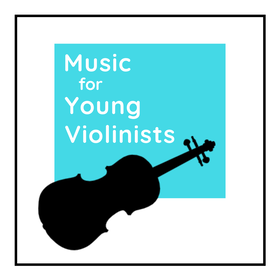
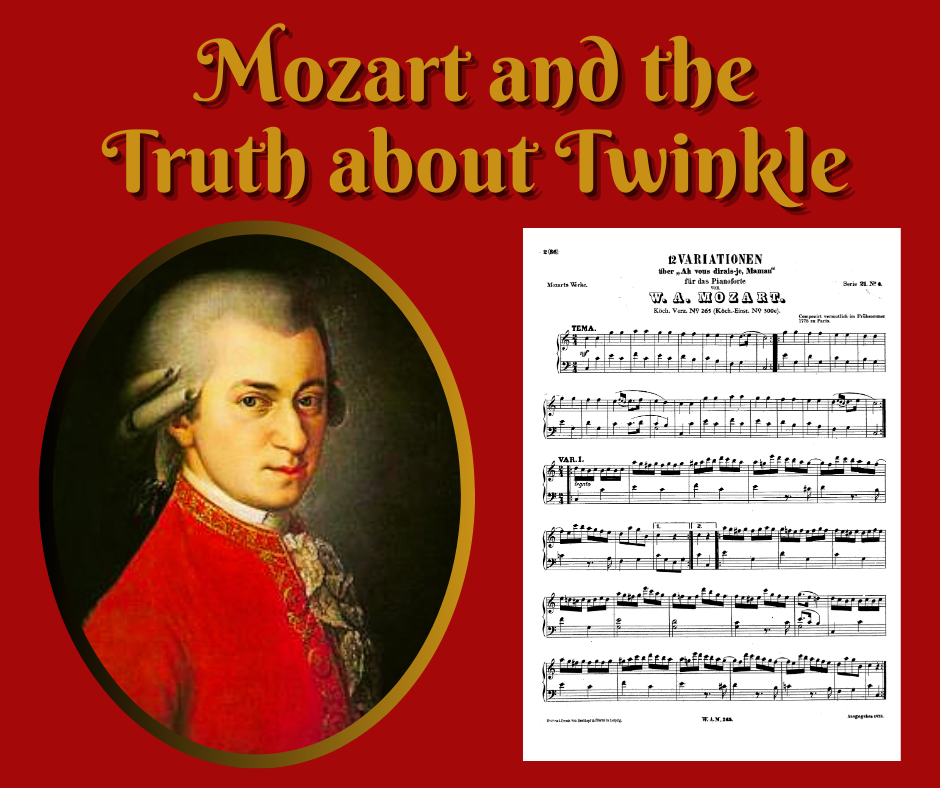
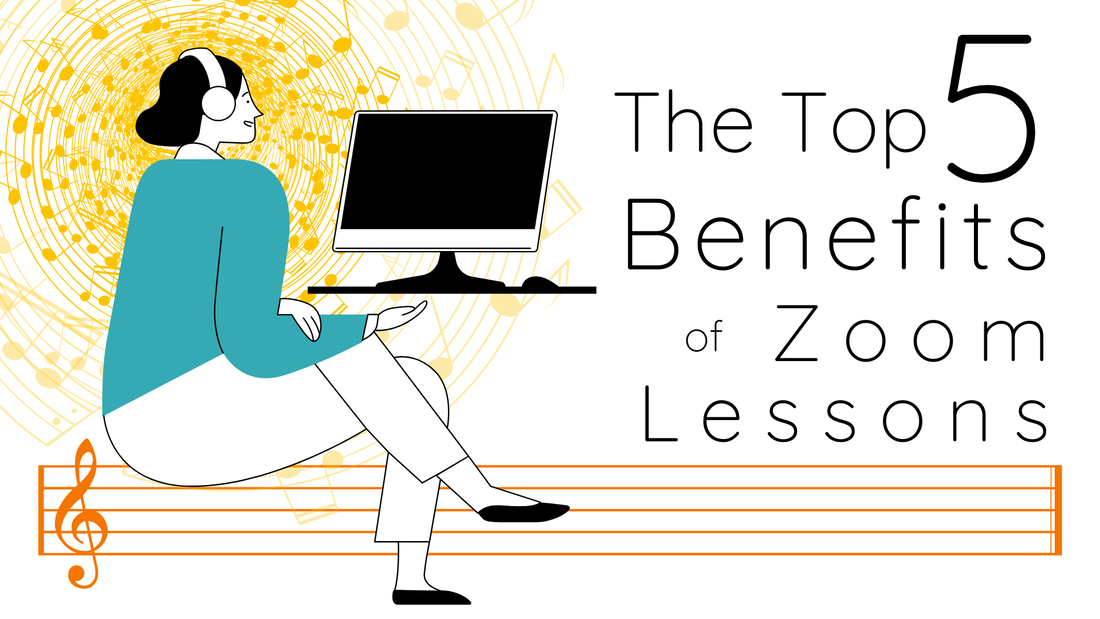
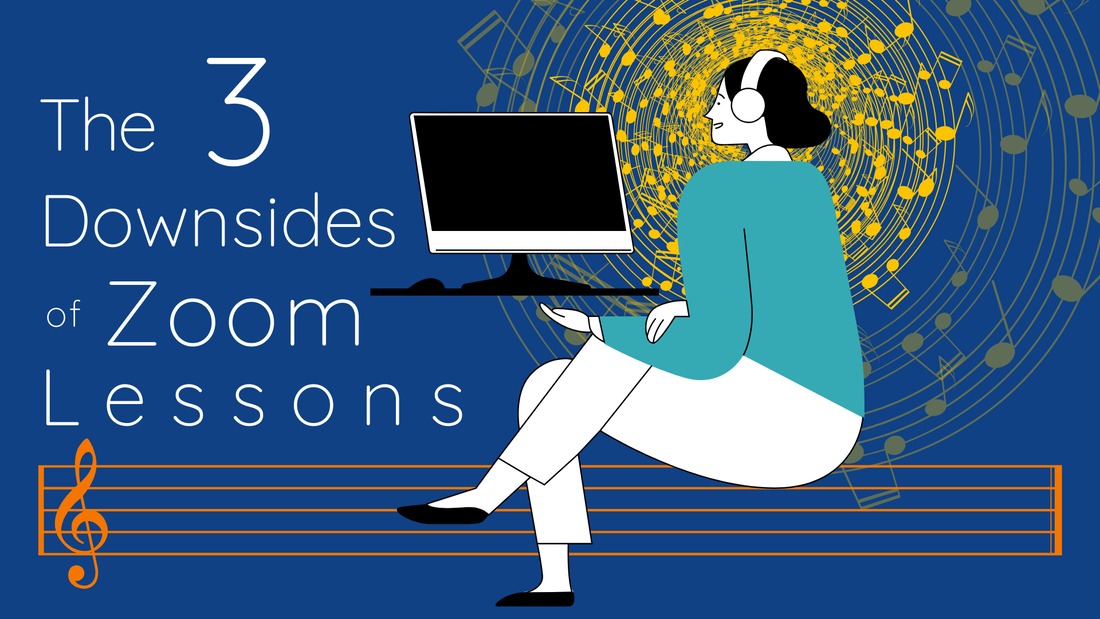
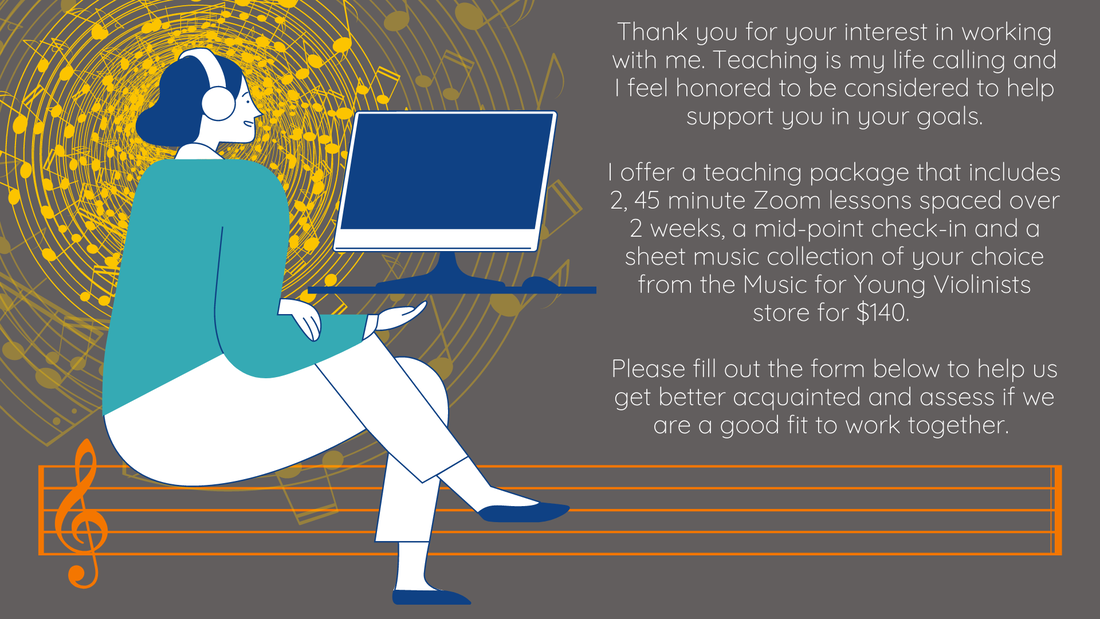
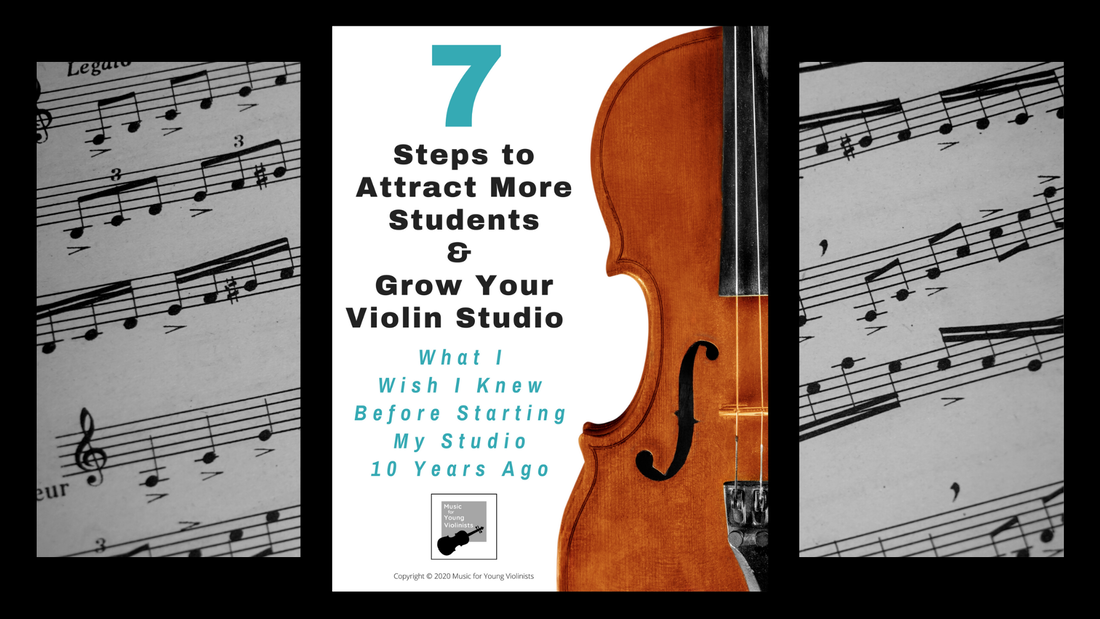
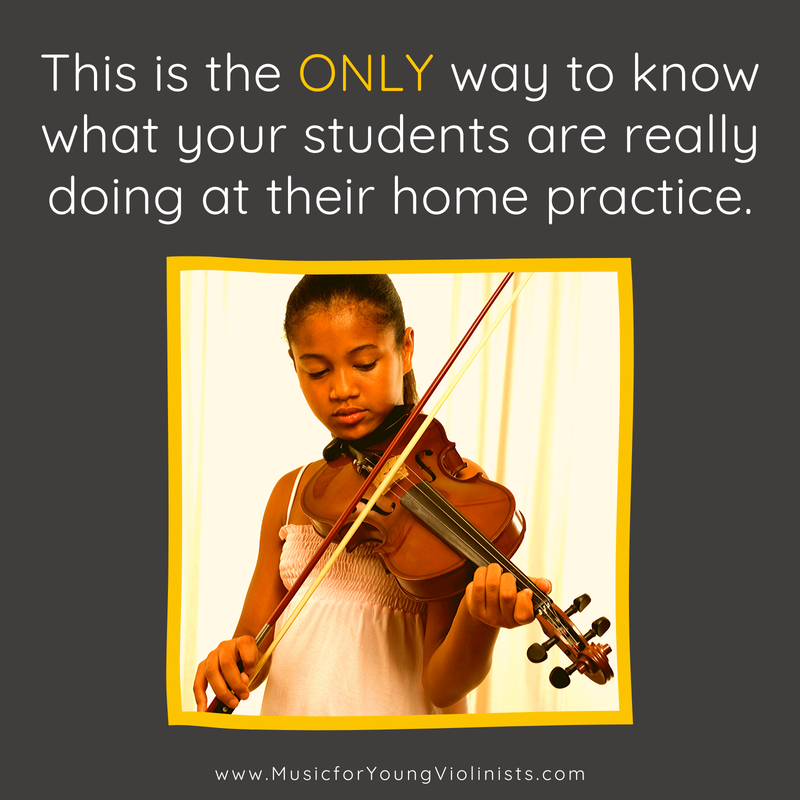
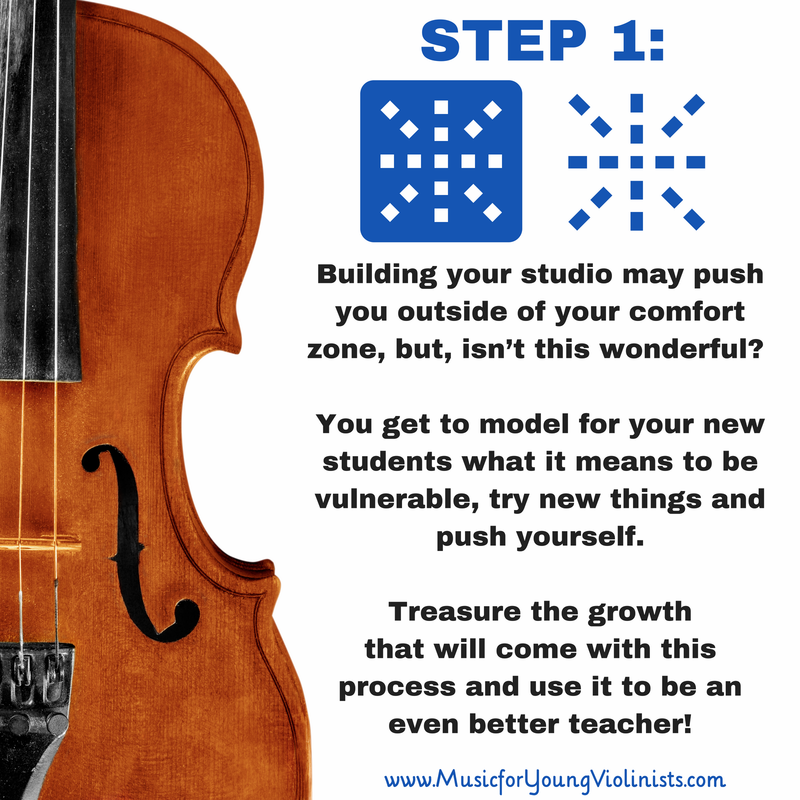
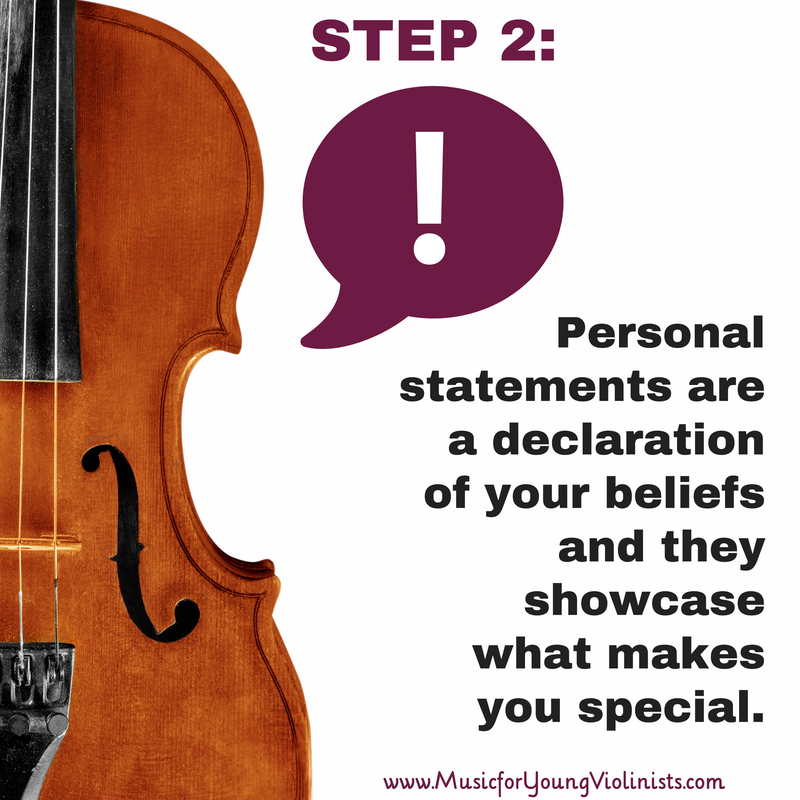
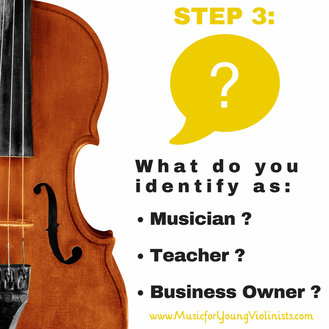
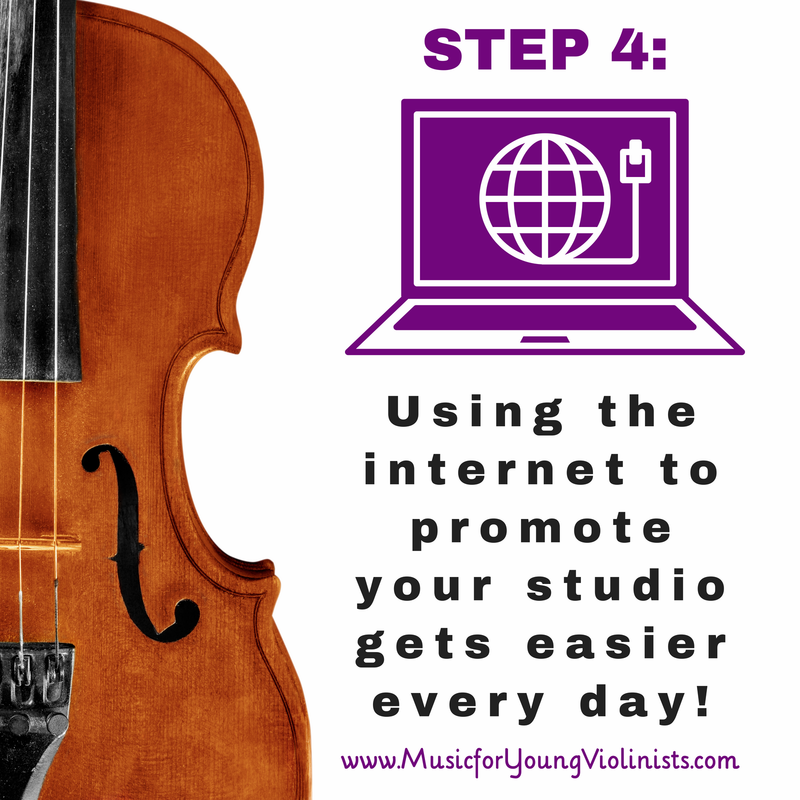
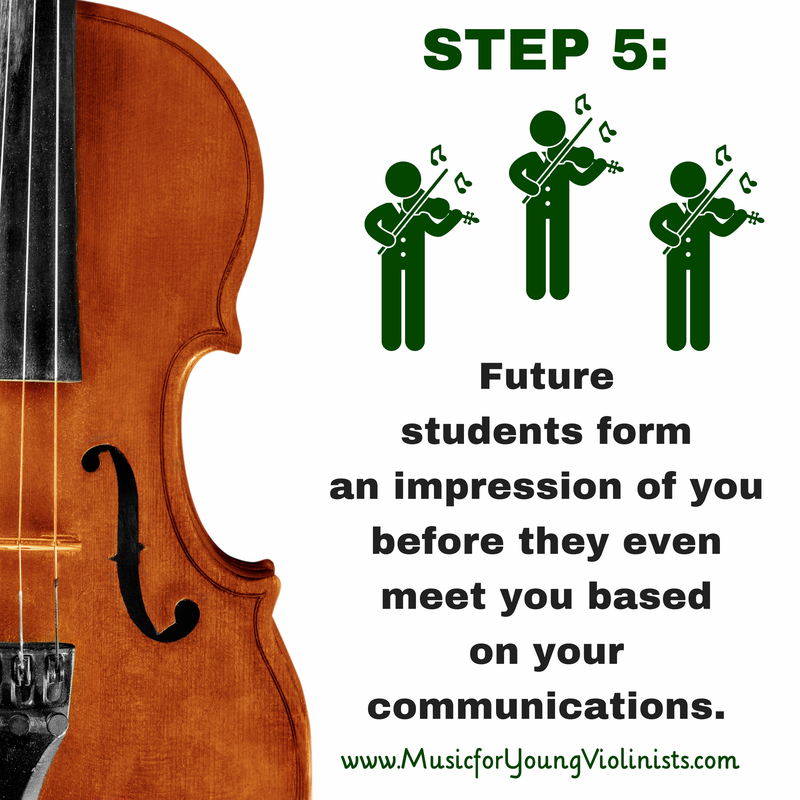
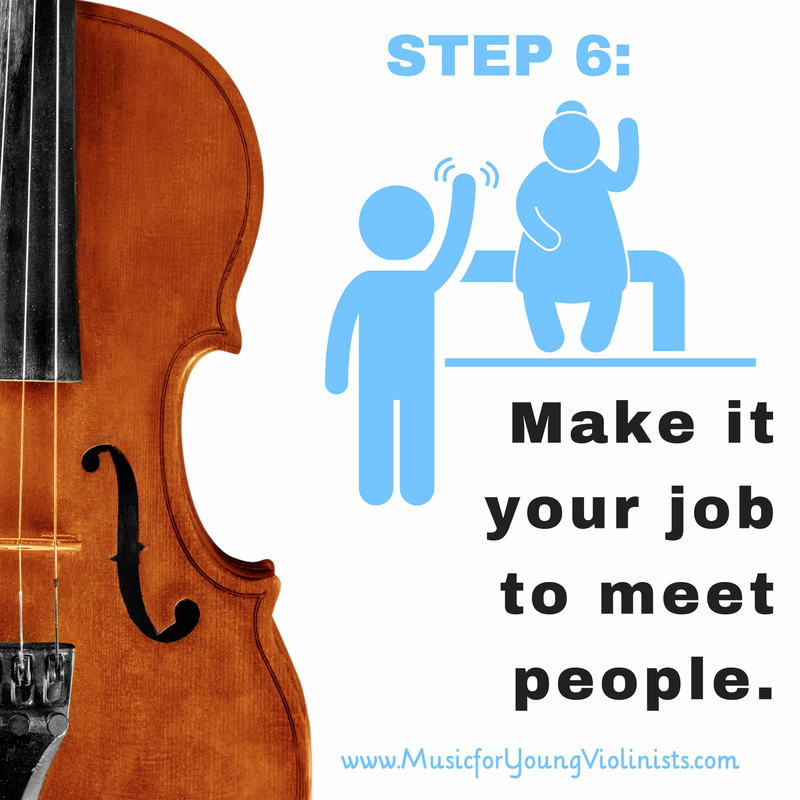
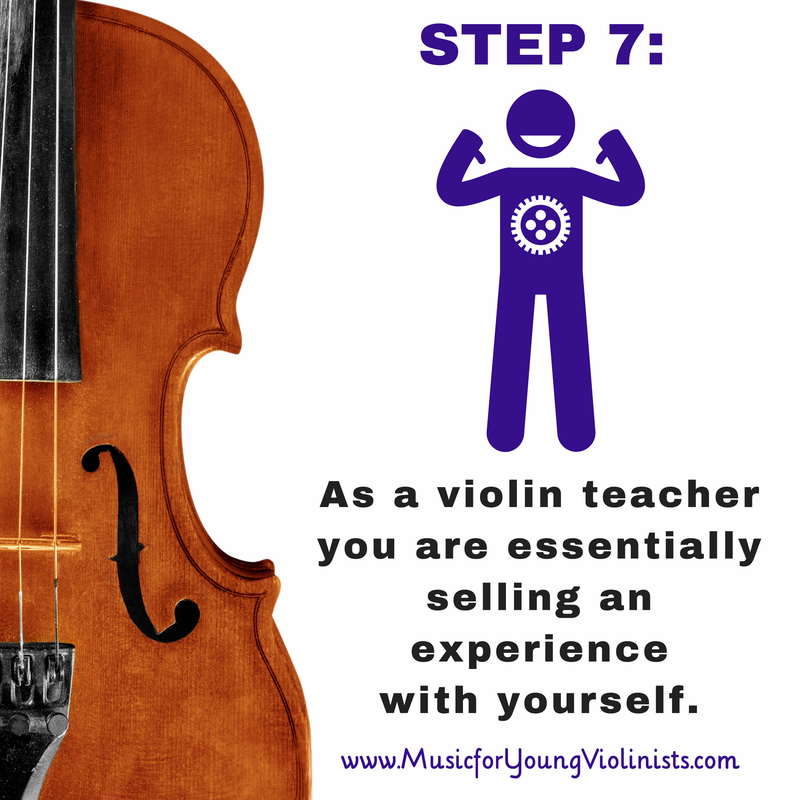
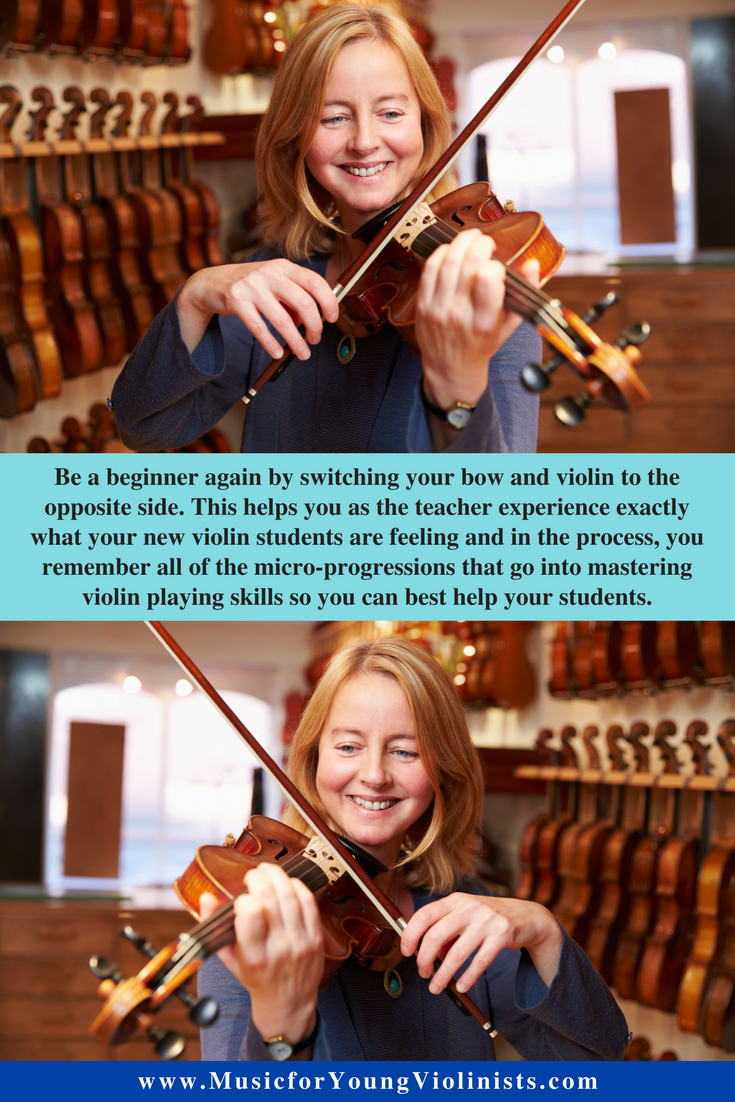
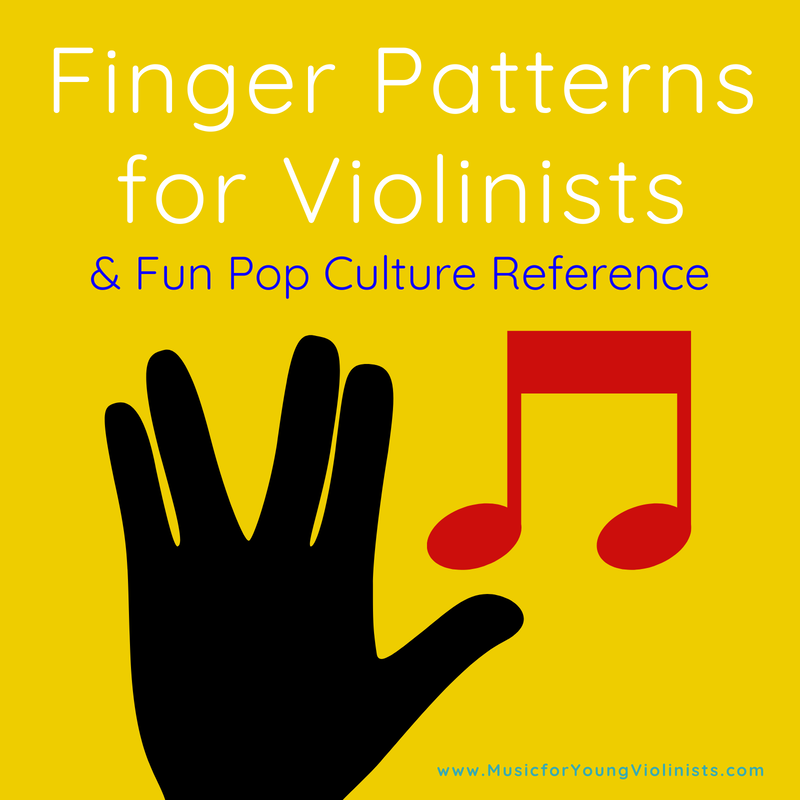
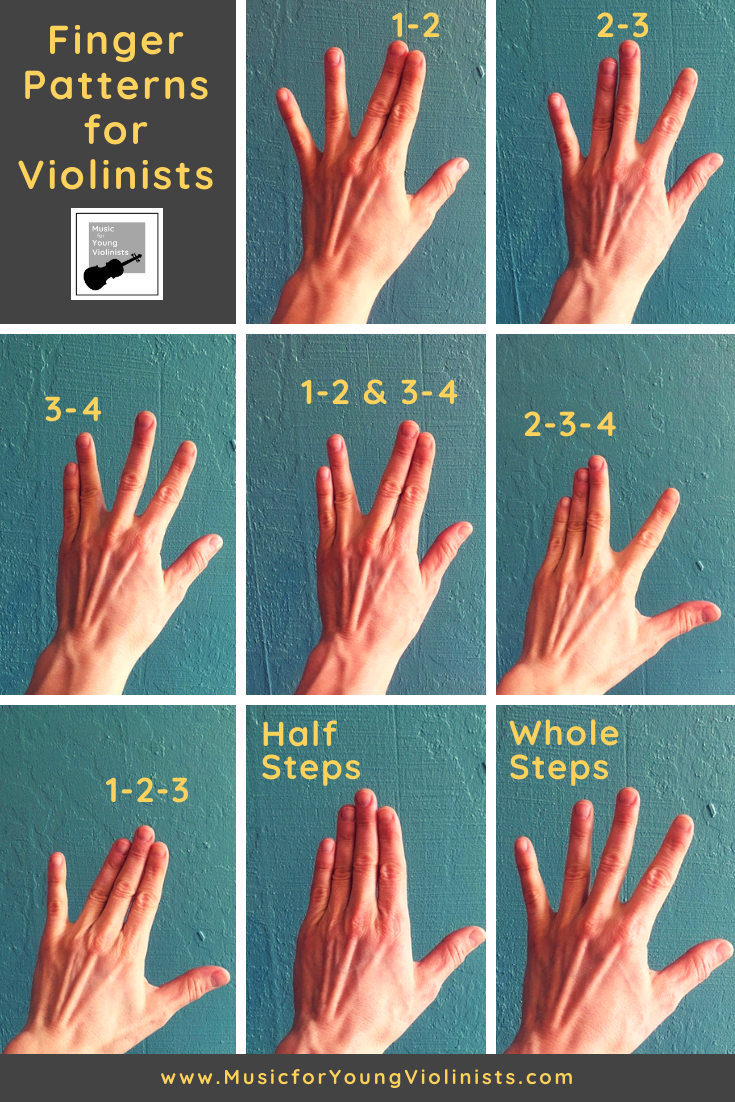
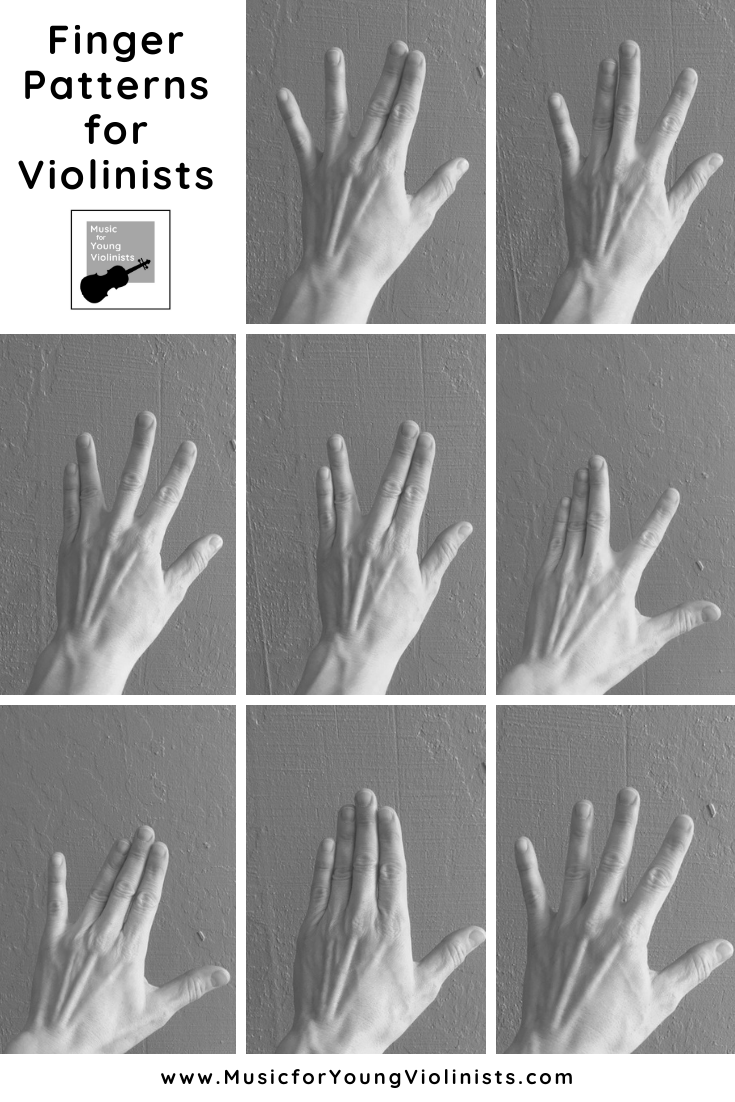
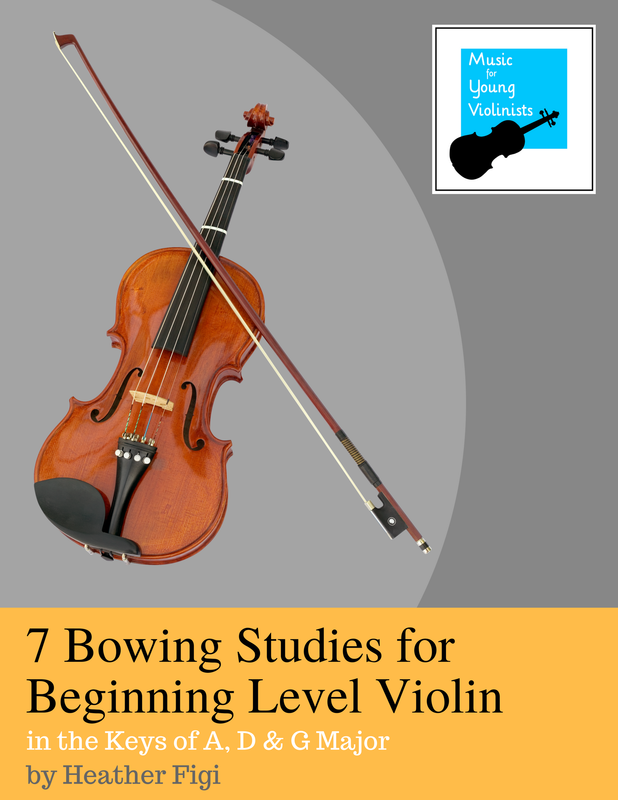
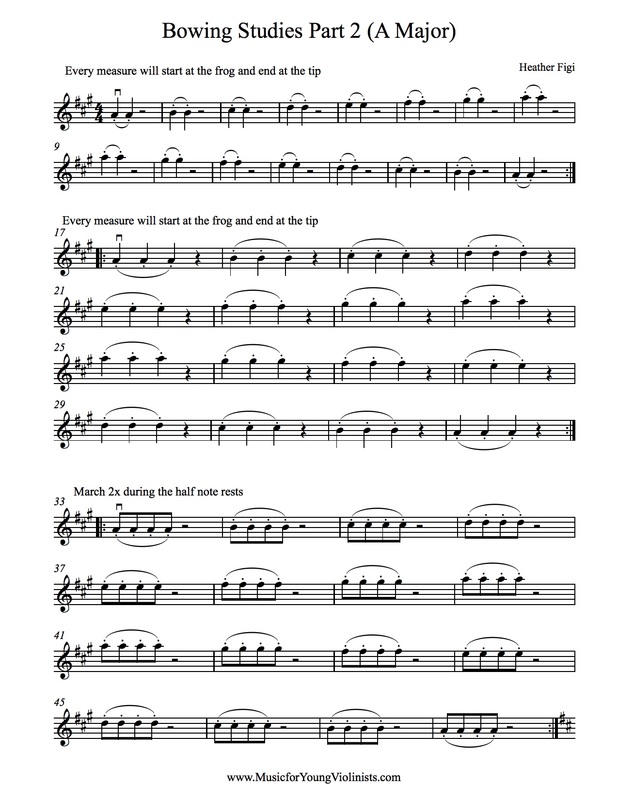
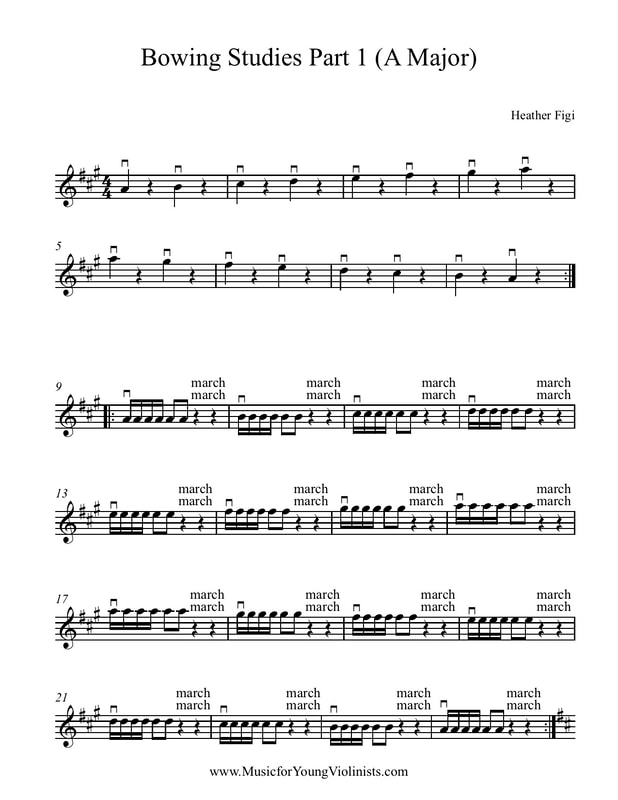
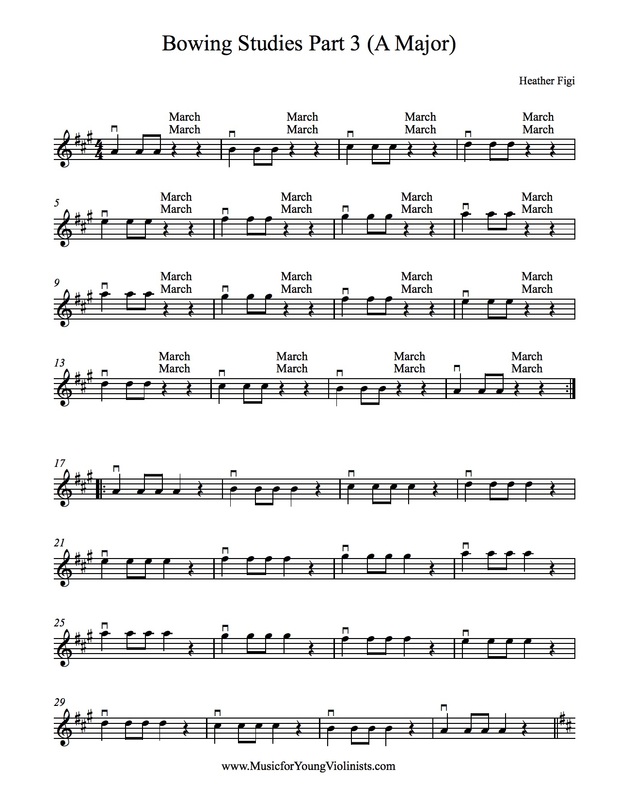
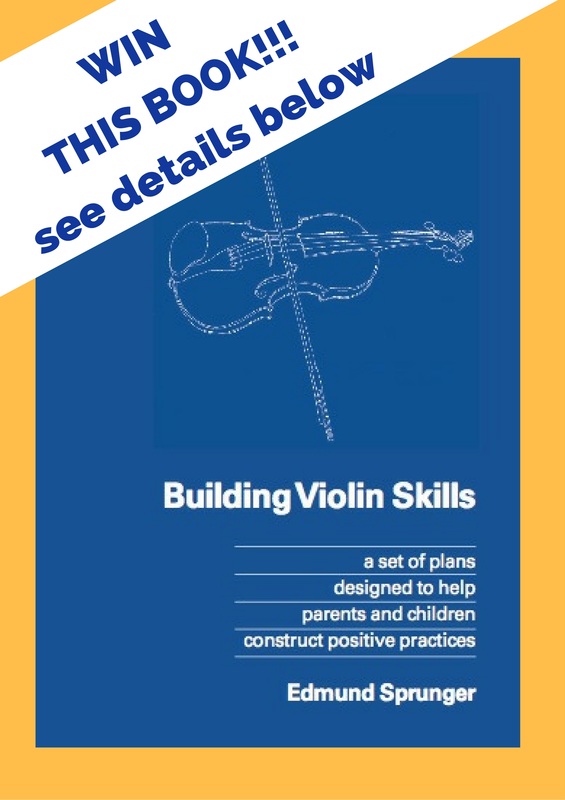
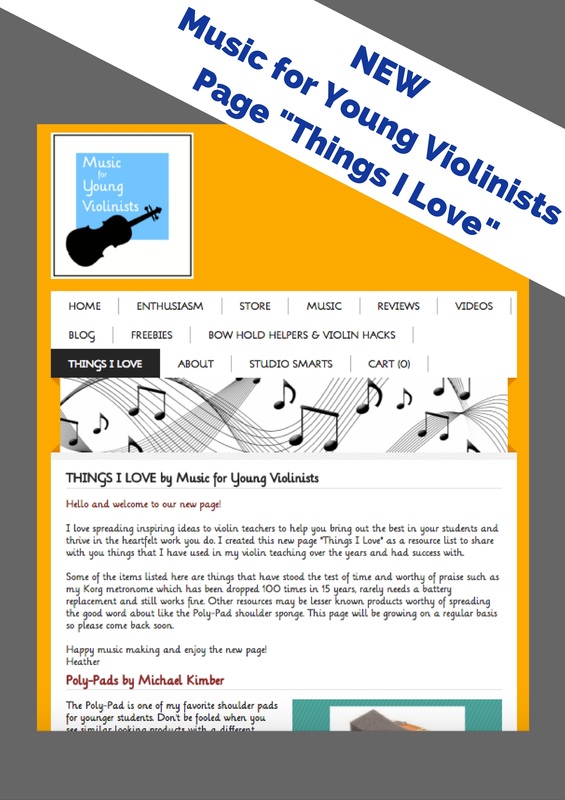
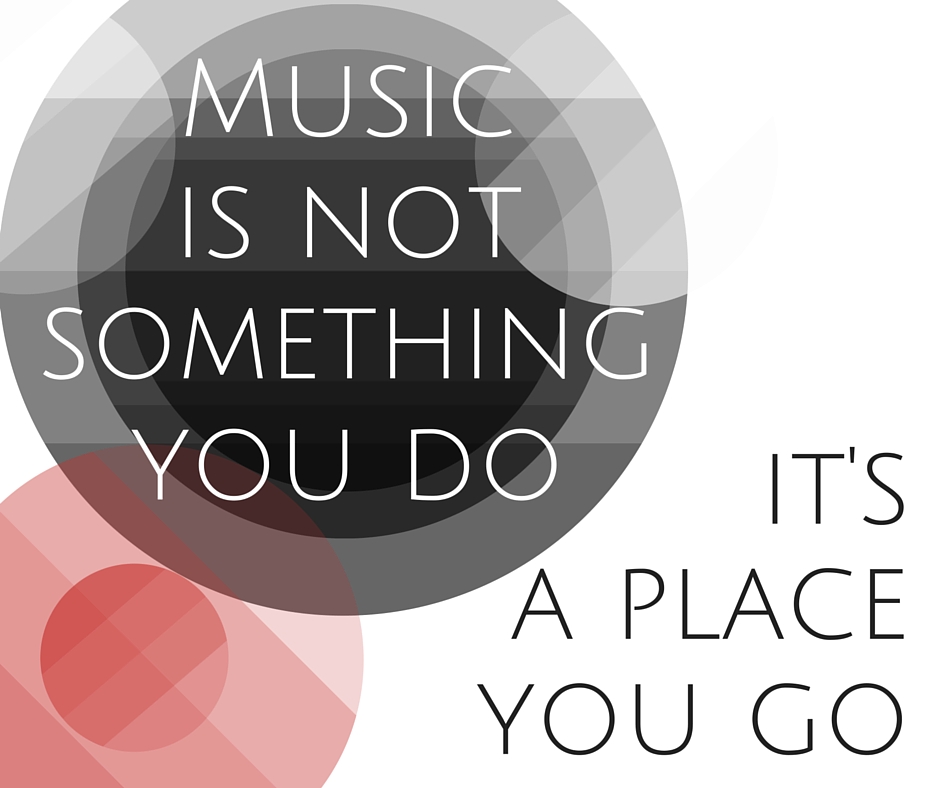
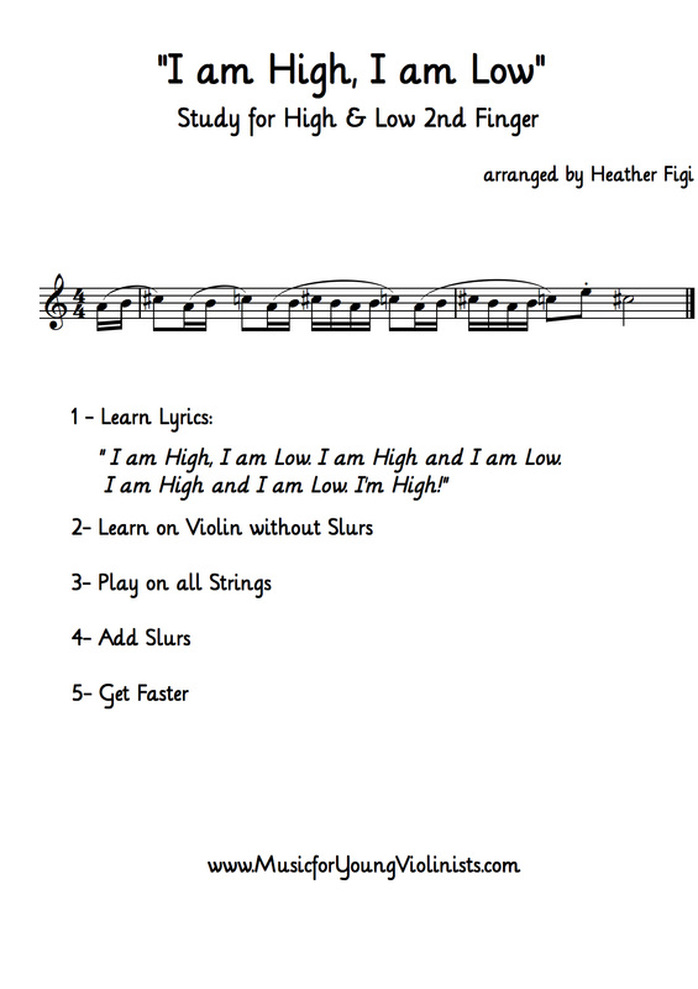
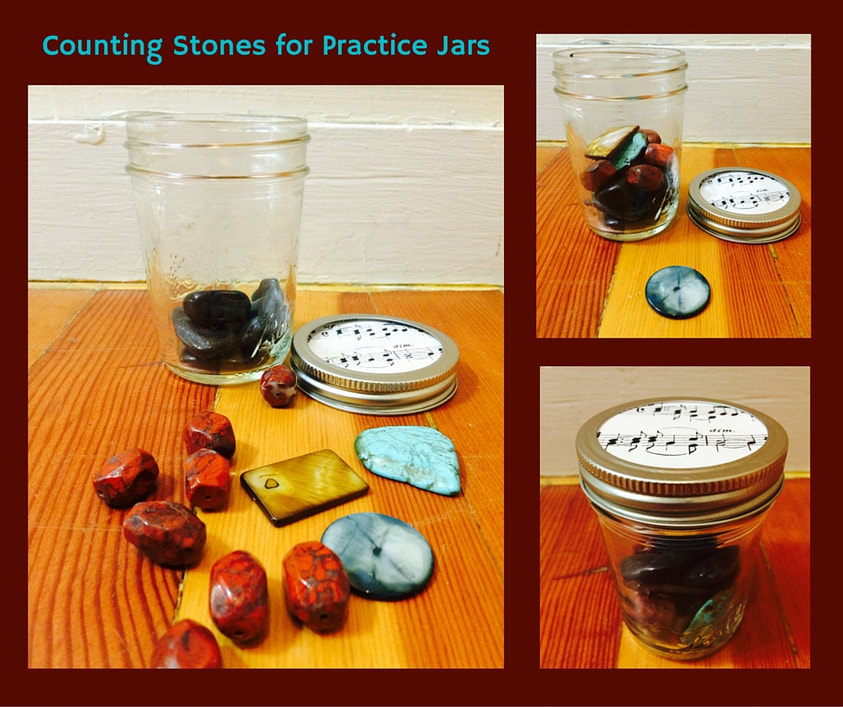
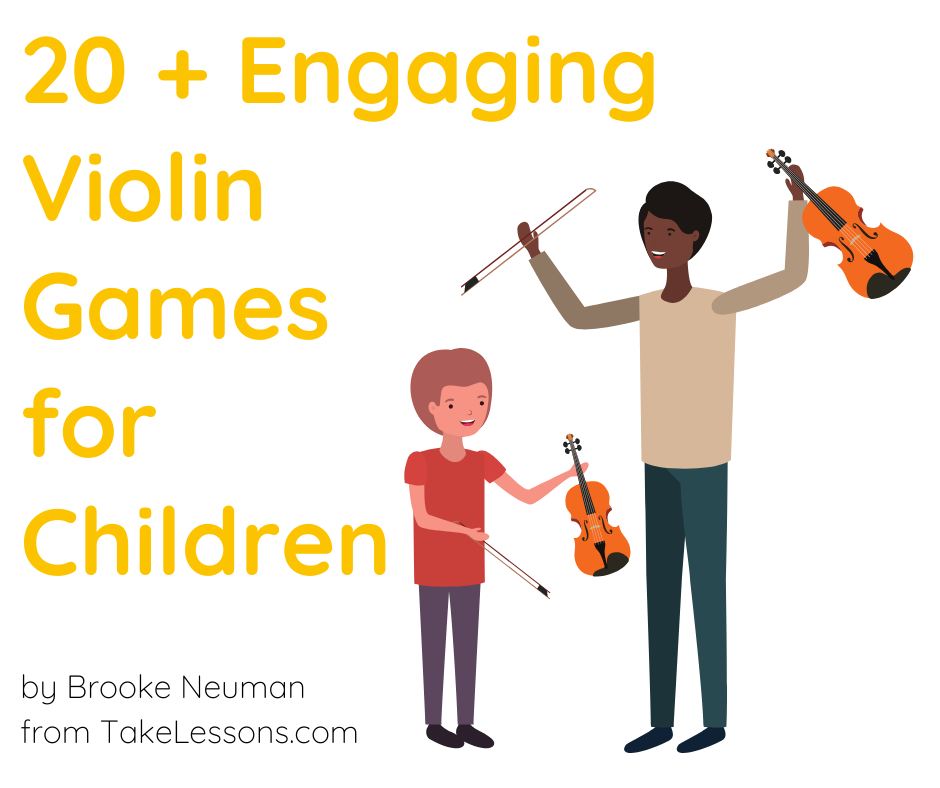
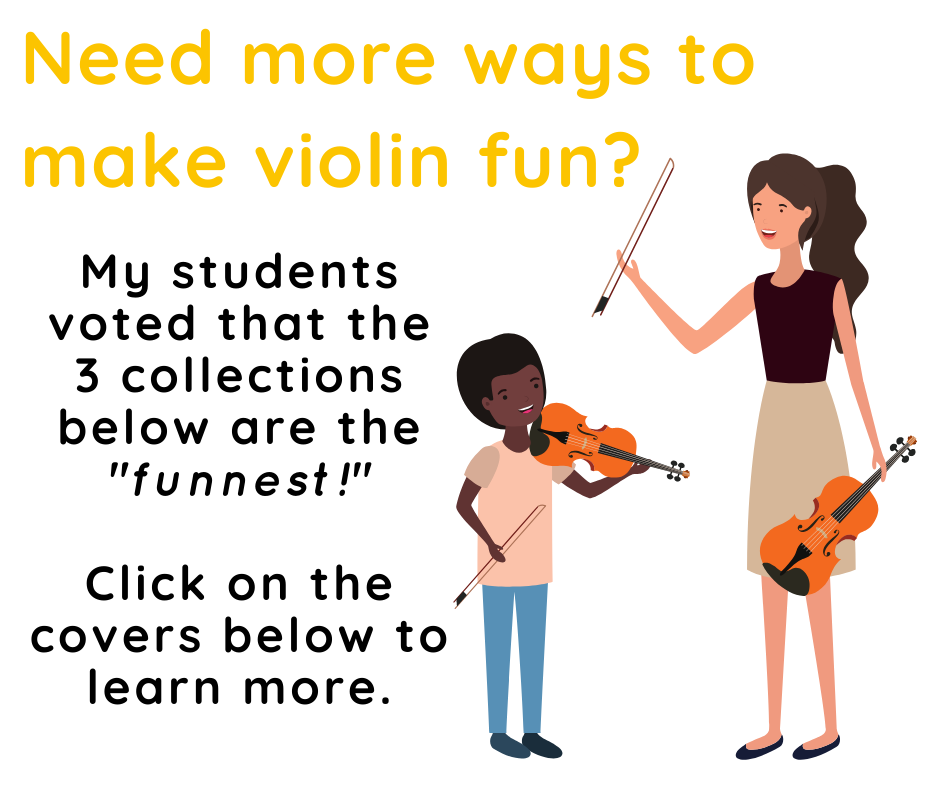
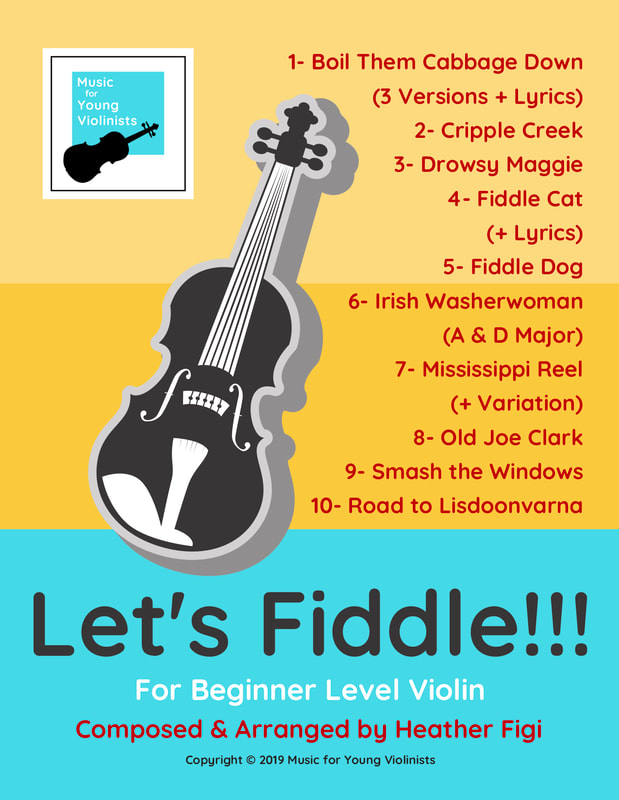
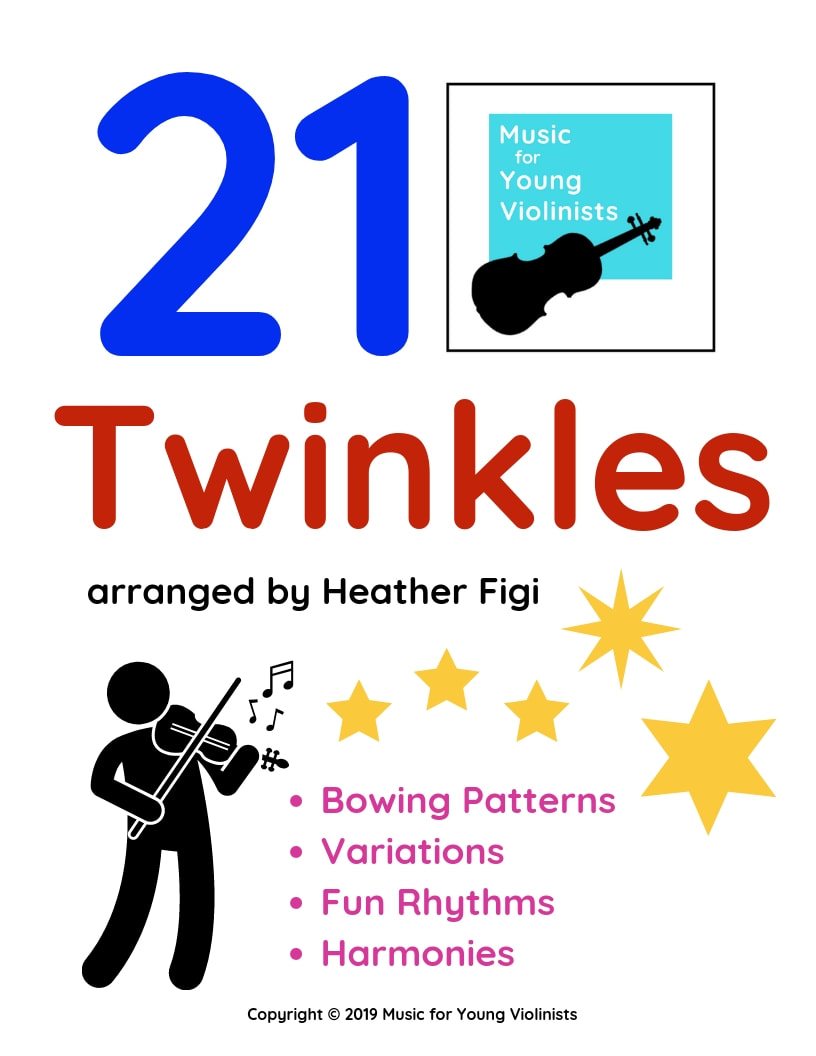
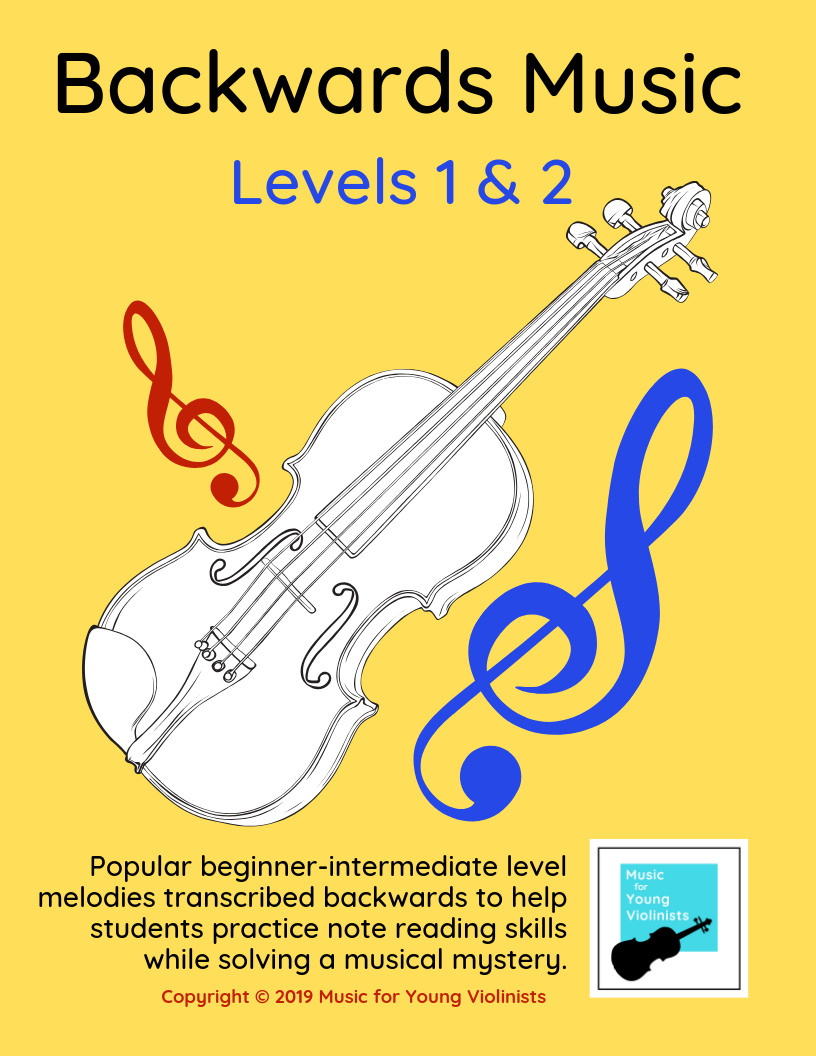
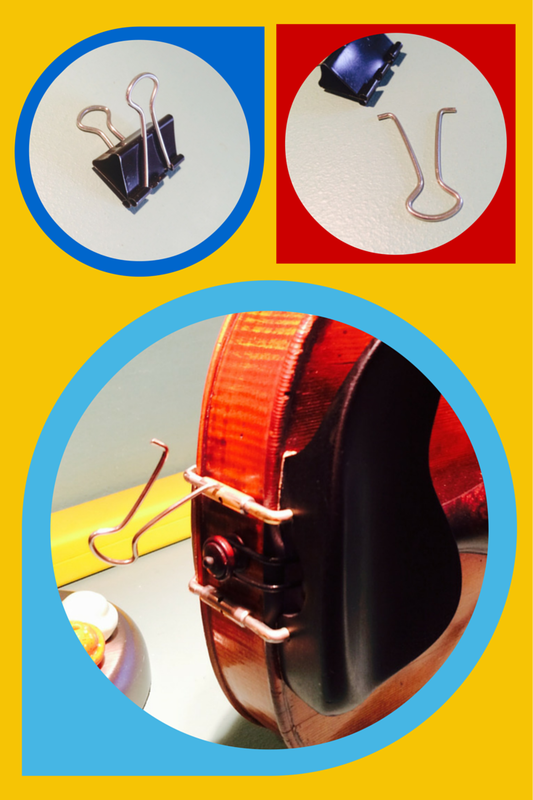
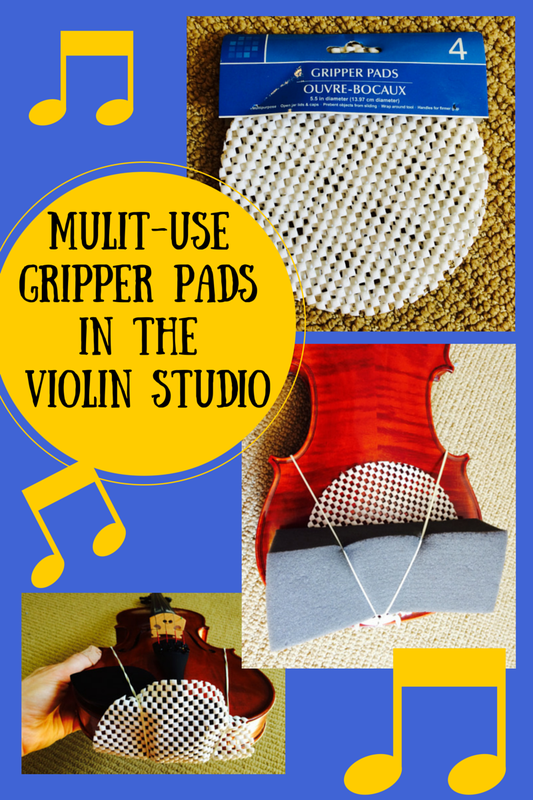
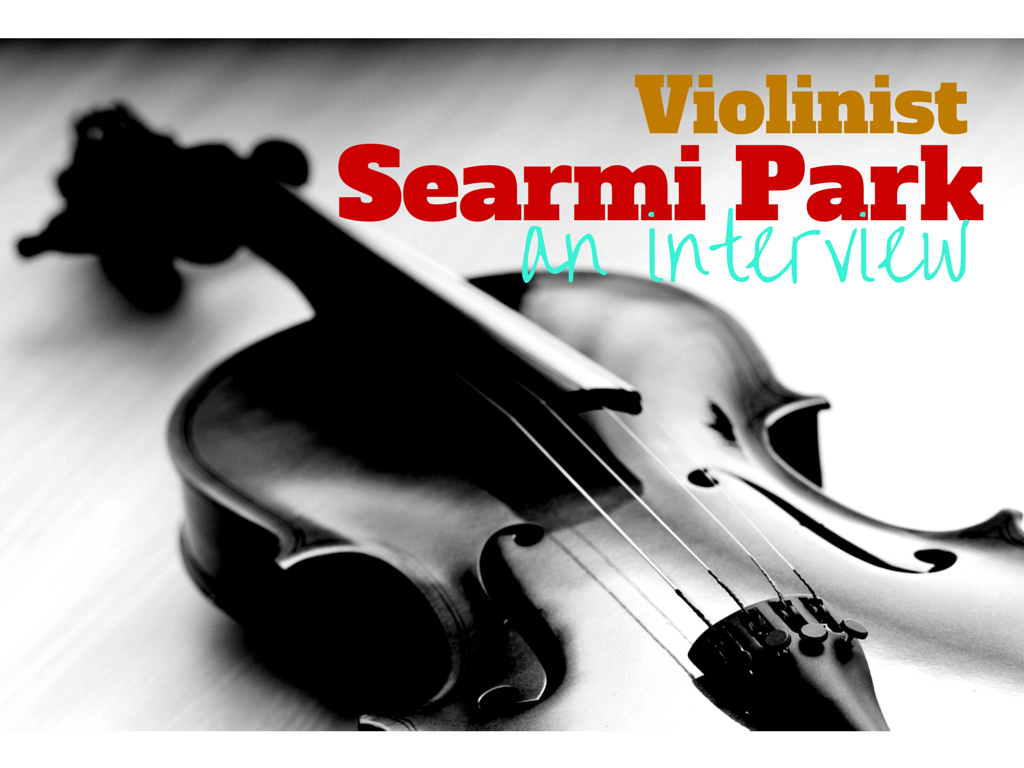
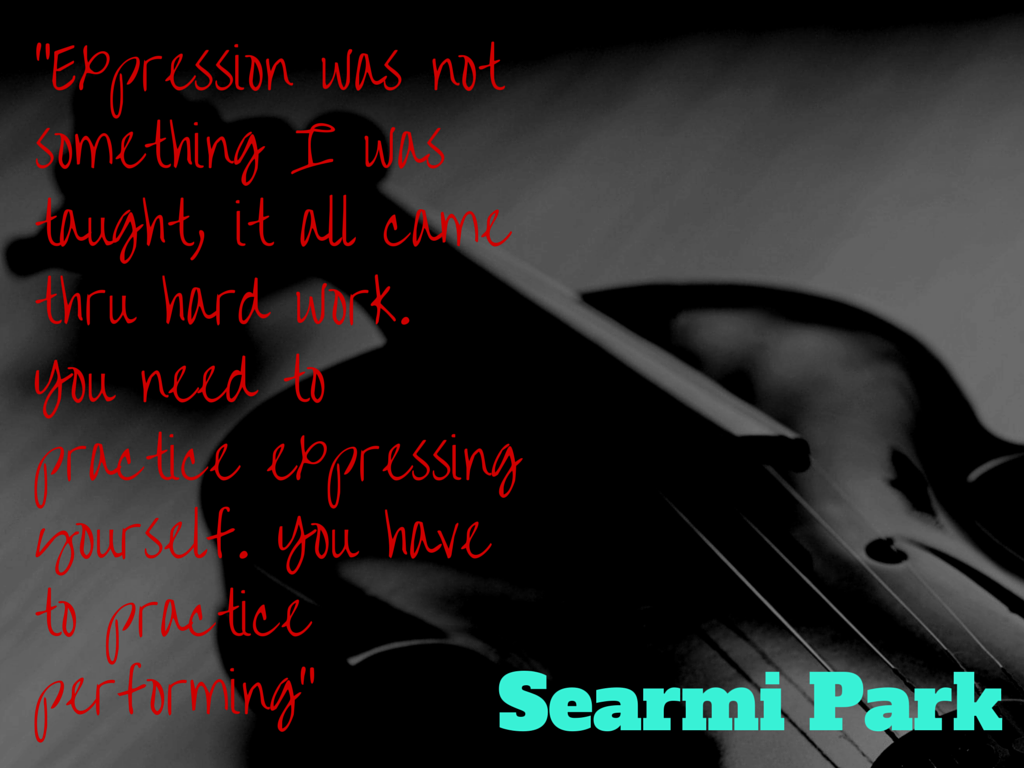
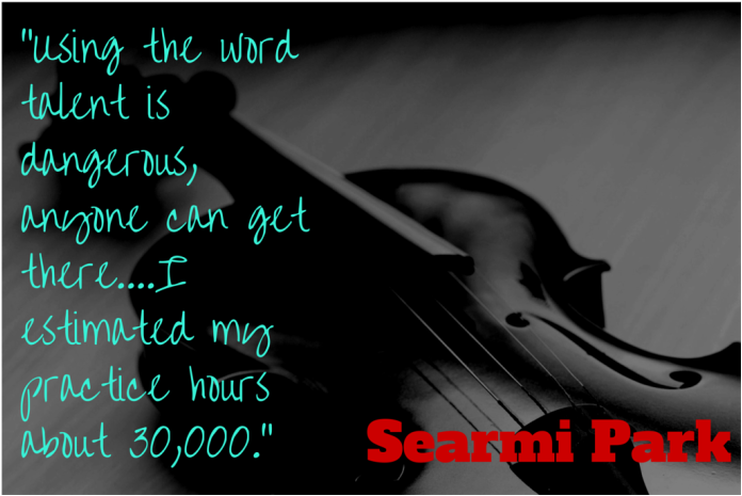
 RSS Feed
RSS Feed
